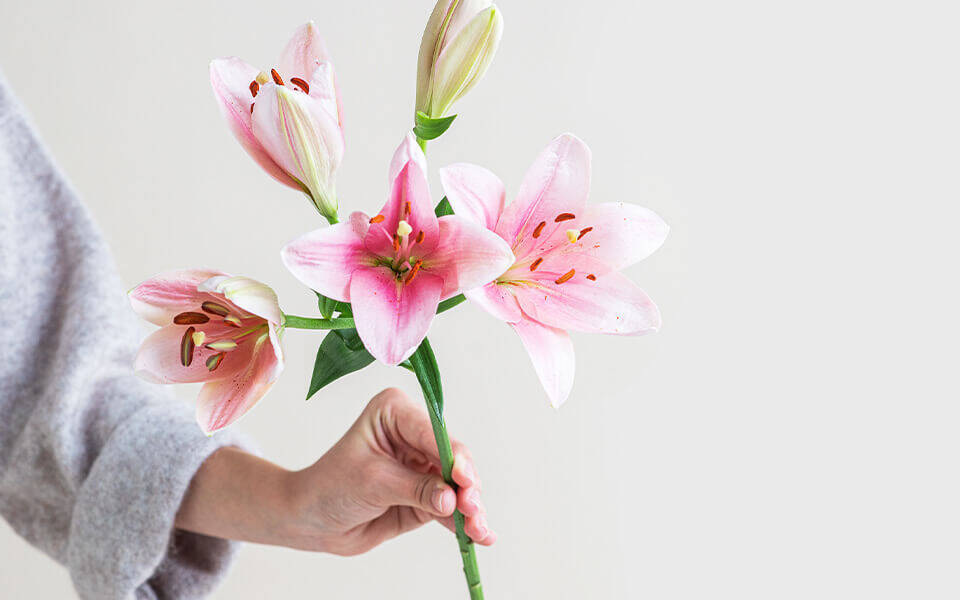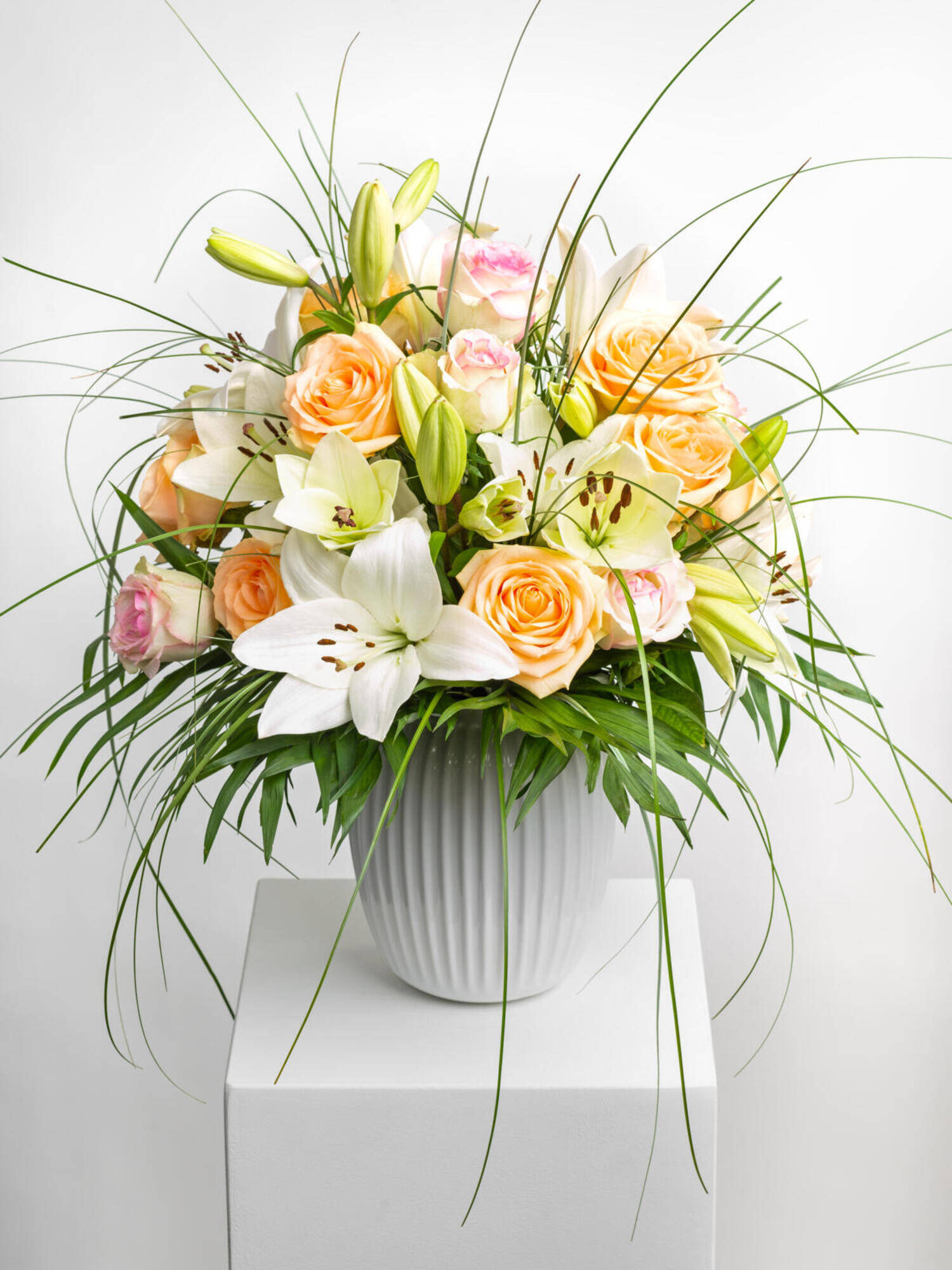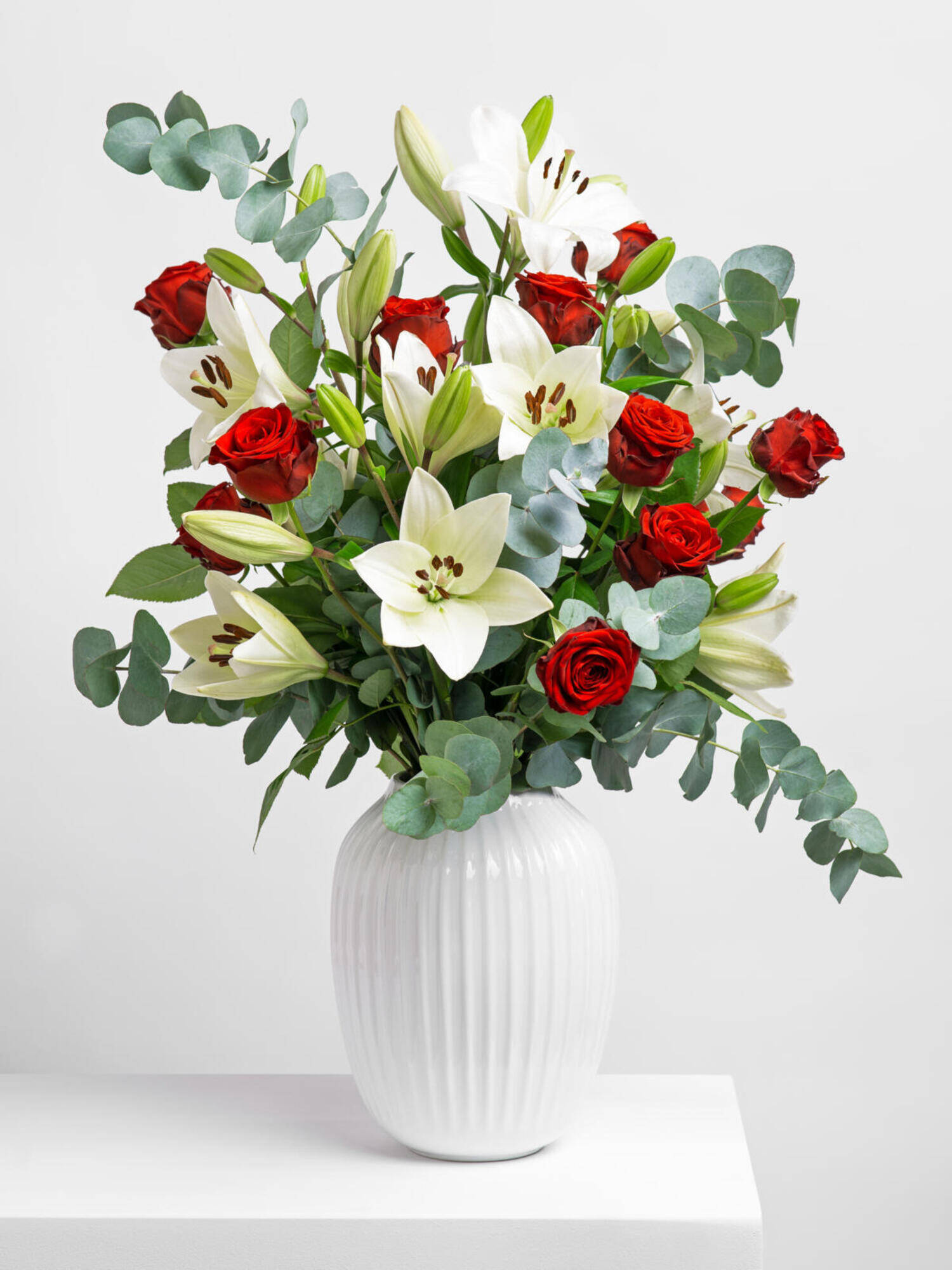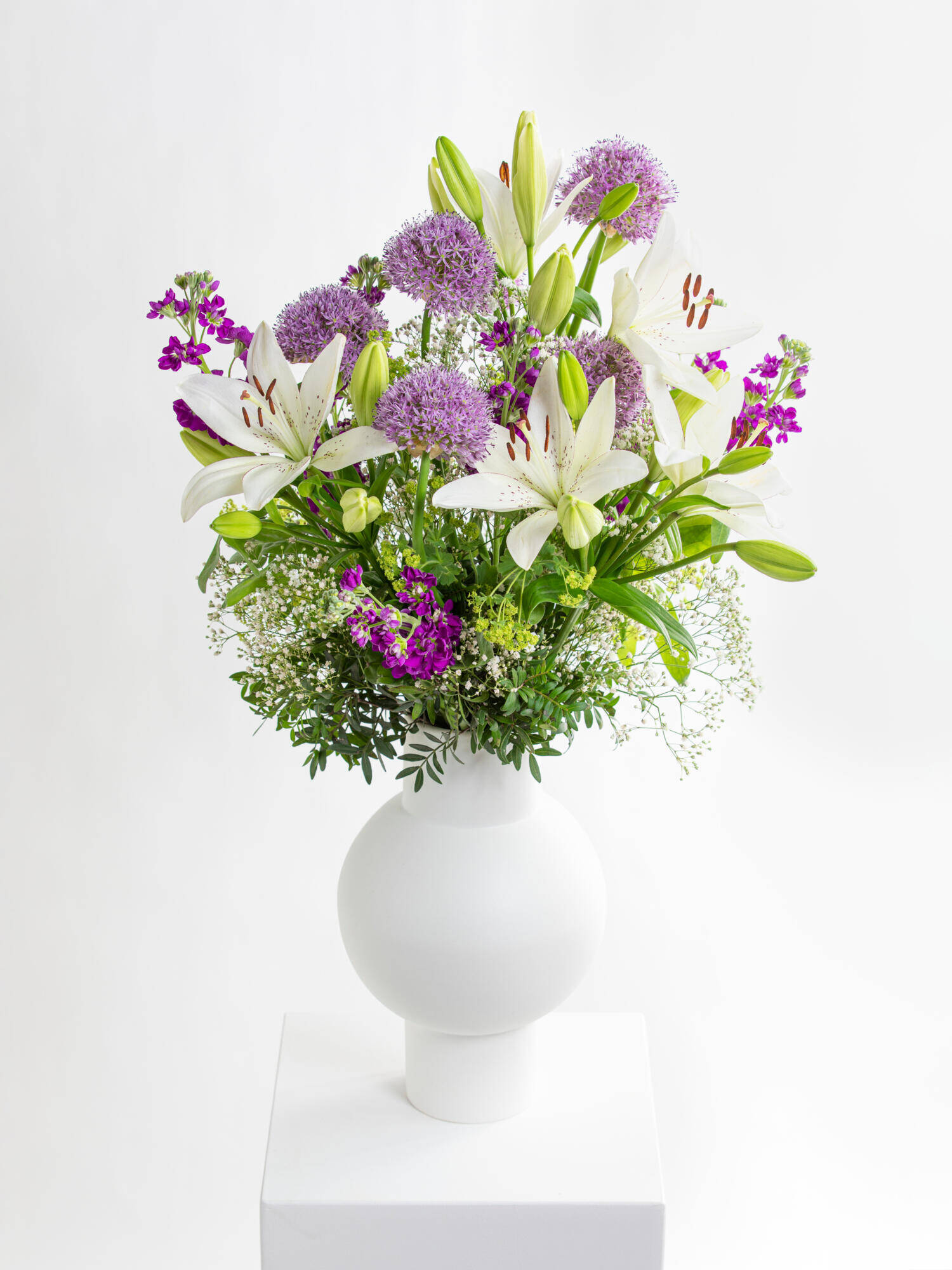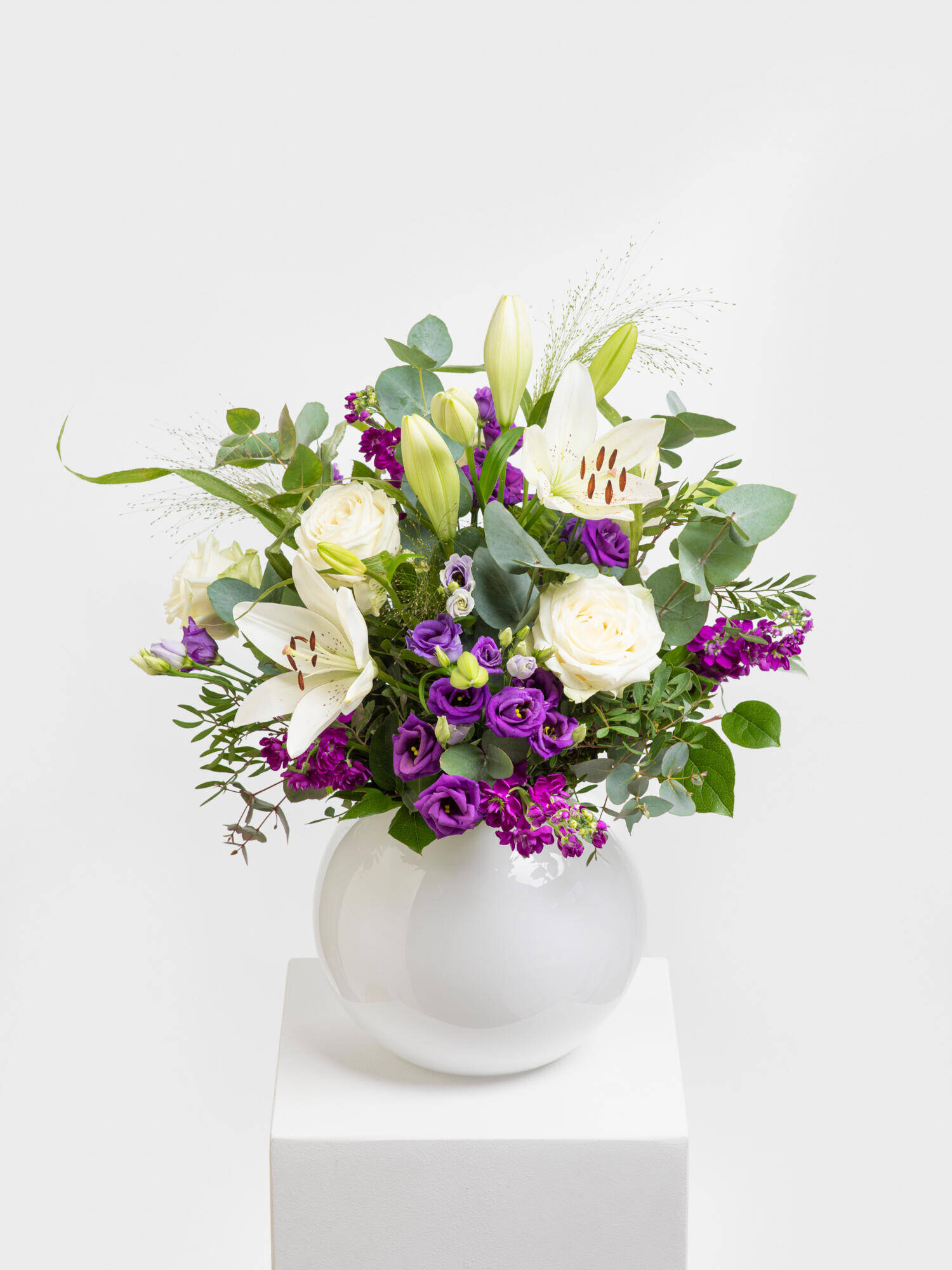Lilies – origin & care tips
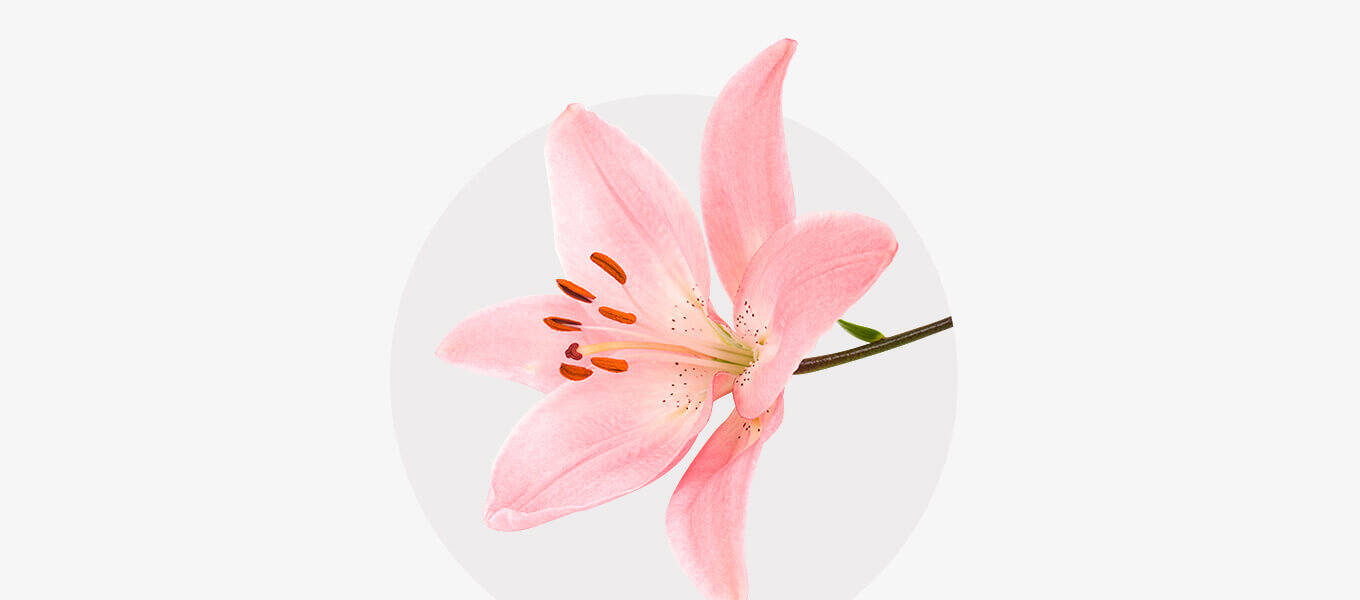
Lilies belong to the lily family (Liliaceae) and grow as perennial herbaceous bulbous plants with sometimes very showy flowers. They are therefore used as ornamental plants in many different cultures. Some of their species are among the oldest ornamental plants of all and are used as religious symbols, such as the Madonna lily. The Asiatic lily is still used today as a food in Chinese cuisine and as a medicinal plant for chronic coughs, insomnia and blood disorders. Below you will learn about the meaning of the lily, the different types of lilies and how to propagate lilies.
Appearance and flowering time of the lily
All lilies grow perennially from bulbs and are herbaceous plants. Depending on the species and variety, they can reach a height of up to three metres. Their main flowering period is in July and August. However, many species flower between May and October.
Growth
Lilies are perennial, herbaceous plants that grow from a scaled bulb - the survival organ. These fleshy scales store nutrients. Unlike tulips, for example, this bulb has no protective outer skin. Lilies grow between 30 cm and three metres high, depending on the species and variety.
Leaves
All green lily leaves grow stemless and alternate on the lily stalk.
Flowers
The flowers of lilies differ greatly depending on the species and variety. Thanks to intensive breeding work, there is an almost infinite number of different flowers - trumpet-shaped, cupped with petals that curl backwards (such as the Turk's cap lily). Apart from the colour blue, the colour spectrum is also huge.











